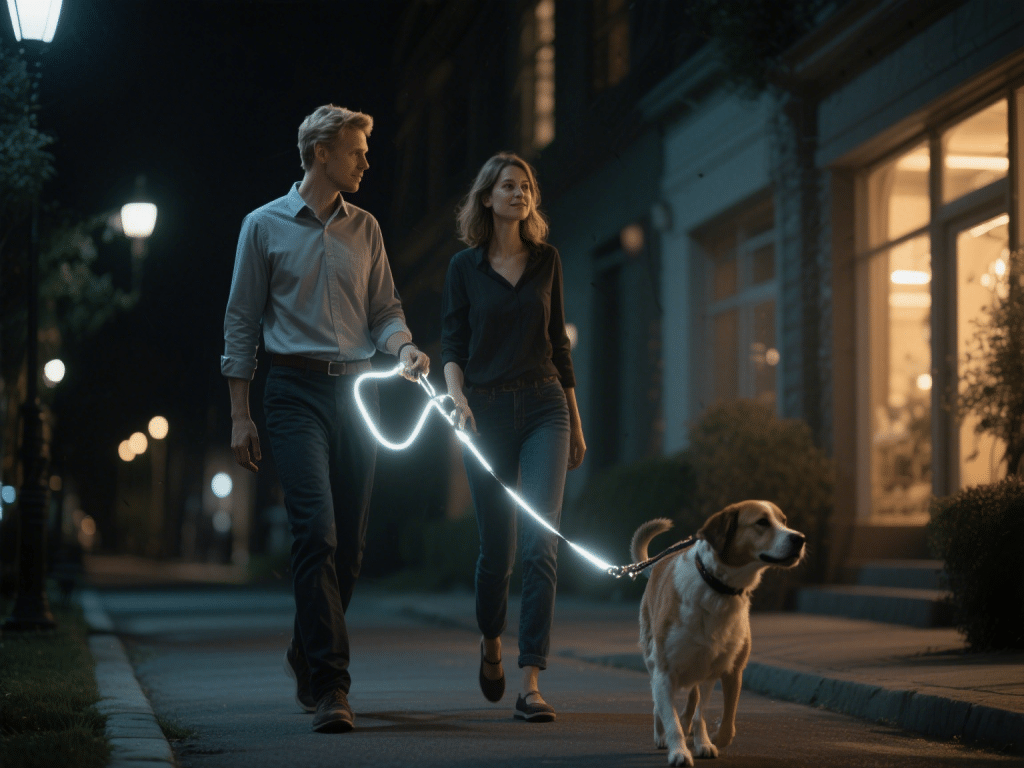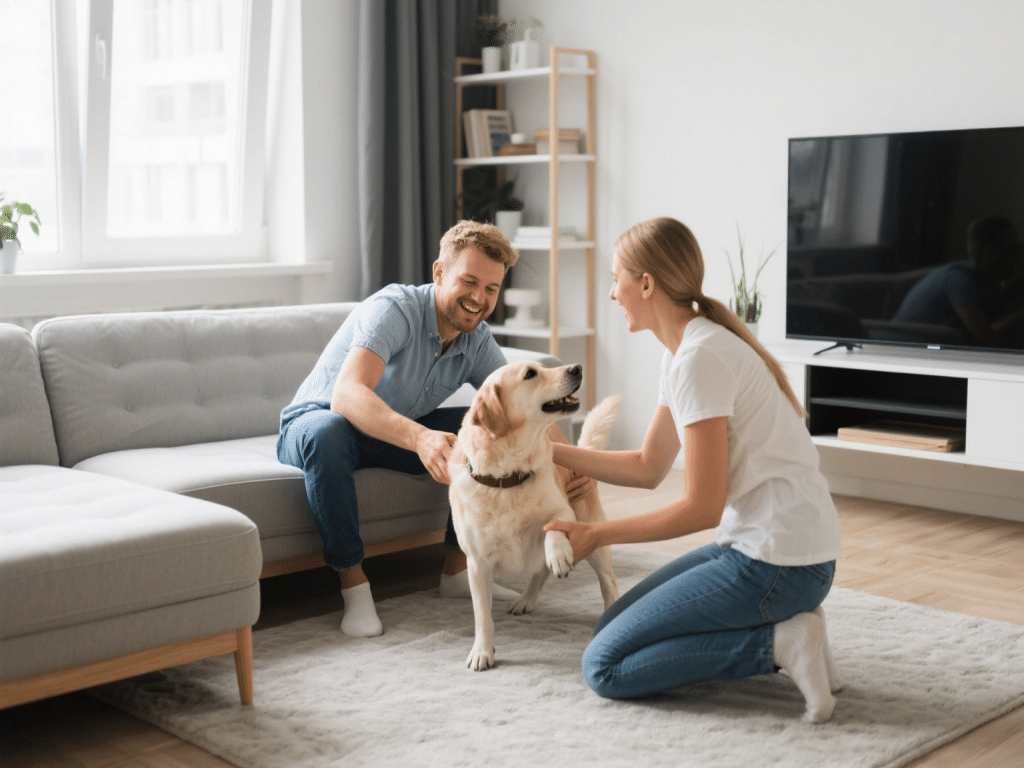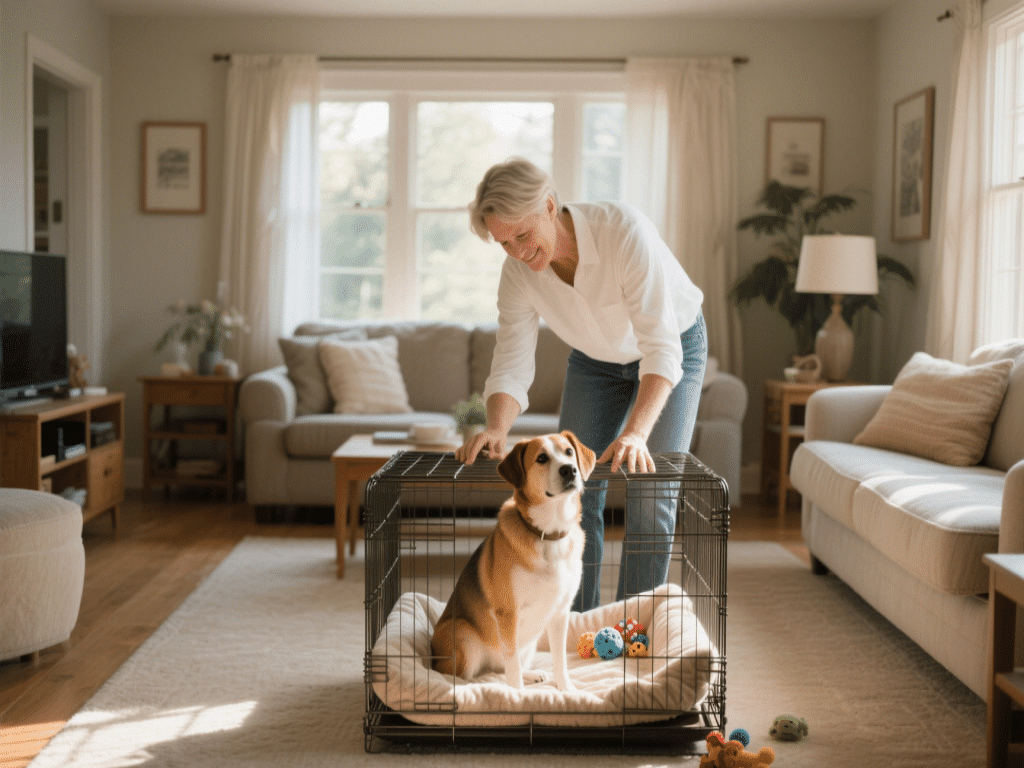
Establishing a Grooming Routine for Long-Haired Small Mammals
Long-haired small mammals—Angora rabbits, long-haired guinea pigs, and certain hamster b...

Moving into an apartment presents unique challenges and opportunities for pet owners. Limited space, noise restrictions, and lack of a fenced yard require thoughtful planning to ensure your pet’s well-being. This guide offers practical advice to equip both you and your animal companion for a smooth transition to apartment life.
Energy Levels: High-energy breeds (e.g., Border Collies, Huskies) need more exercise. Consider daily walks, indoor games, or puzzle toys to burn energy.
Size Considerations: Larger breeds may require more room to move. Evaluate if your apartment’s square footage can accommodate your pet comfortably.
Designate a Pet Zone: Dedicate a corner for a bed, toys, and water bowl. Familiarity helps pets feel secure in smaller spaces.
Use Vertical Space: Install sturdy shelves or cat trees for climbing and perching if you have a feline friend.
Soundproofing: Place rugs and curtains to dampen noise. Consider a white noise machine or soft music to soothe anxious pets.
Potty Schedule: For dogs, designate specific times to go outdoors. Use pee pads or an indoor grass station for emergencies.
Feeding Times: Keep consistent meal hours. Adjust portions based on reduced activity levels compared to a larger home.
Training and Boundaries: Use positive reinforcement to teach commands like “stay,” “quiet,” and “place.” This helps minimize barking or roaming in neighbors’ view.
Daily Walks or Visits to Dog Parks: Aim for at least 30 minutes of outdoor activity for most dogs.
Interactive Toys: Provide puzzle feeders, treat-dispensing balls, or chew toys to keep your pet engaged.
Fetch and Tug-of-War Indoors: Use soft toys and clear small areas to prevent accidents.
Desensitize to Apartment Sounds: Play recordings of doorbells, elevators, and traffic at low volume. Reward calm behavior as noise levels increase.
Introduce Neighbors' Pets Gradually: Controlled meet-and-greets can help reduce territorial or anxiety-driven behaviors.
Routine Vet Checkups: Smaller spaces can exacerbate stress or separation anxiety; consult your veterinarian for anxiety-reducing strategies.
Pet-Proofing: Secure cords, remove toxic plants, and lock cabinets to prevent access to hazardous materials.
Apartment living can be rewarding for both pets and owners when approached thoughtfully. By creating a safe environment, establishing clear routines, and providing sufficient exercise and enrichment, your furry companion will thrive in a smaller space. Patience and consistency are key to ensuring a harmonious apartment lifestyle.

Long-haired small mammals—Angora rabbits, long-haired guinea pigs, and certain hamster b...

I’m a long-time pet blogger and indoor gardening enthusiast. With over a decade of testi...

IntroductionBuilding a custom pet bed is a rewarding project that ensures your cat or dog ...

Home Dog Grooming: Essential Tools and TechniquesRegular grooming is crucial for your dog�...

Why Crate Training MattersCrate training leverages a dog’s natural denning instinct to c...

IntroductionCat allergies affect many households: even though felines can trigger allergic...
Comments on "Preparing Your Pet for Life in an Apartment: A Beginner’s Guide" :